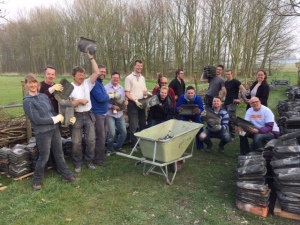“I don’t know”. This short sentence can make all the difference. It might not be the answer you want to hear, but be happy when somebody dares to say it to you. It is not a sign of weakness.
Doubt and skepticism can be seen (must be?) as a skill. Skills can be developed. One can start with the following steps;
- Observe; look and listen with deliberate effort.
- Ask questions; this is crucial. Don’t passively accept what you are told.
- Research; do you own fact-checking.
- Experiment; can you think of an experiment to test a particular claim before accepting it?
- Share your ideas and conclusions with others; this is a great way to get feedback from people who may know more than you about a given claim.
Applying this approach will help to reduce errors. Applying the Specification by Example method (Gojko Advic) can be a powerful aid with step 2 – 5. Specification by example is a collaborative approach to defining requirements and business-oriented functional tests. With specification by example, requirements and tests become one, expressed as concrete, realistic examples. Gojko’s 2 day workshop on this topic is highly recommended.
I don’t want to give away to many spoilers on Zeger’s book, you can download it free: https://testsidestory.com/2016/11/16/the-power-of-doubt-becoming-a-software-skeptic-paper/.
But. I truly like his Skeptic Manifesto:
“A while ago I chose to embrace the skeptic lifestyle. This has taught me to value:”
Suspending belief / Rejecting certainty OVER Being convinced
Finding things out OVER Believing what you’re told
Challenging claims OVER Accepting them
Saying “I don’t know (yet)” OVER Pretending to know
Deciding based on best available evidence OVER Sticking with what you “know” is right
Questions that can’t be answered OVER Answers that can’t be questioned
It’s ok to doubt.
